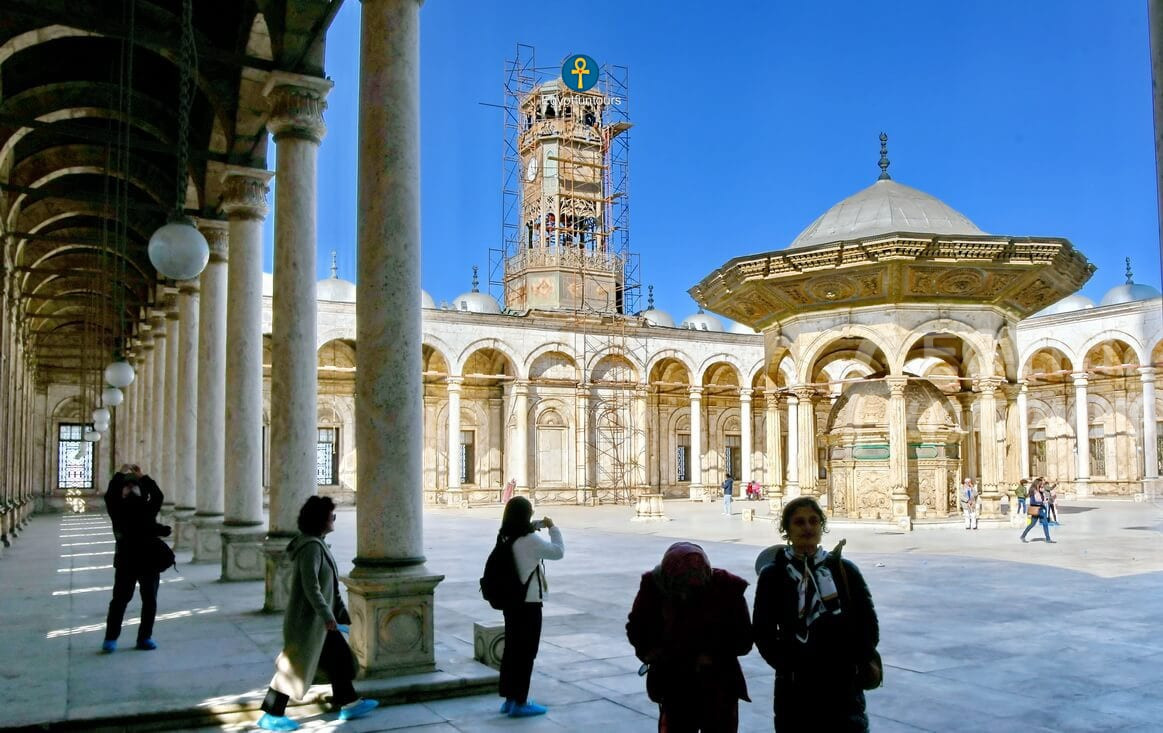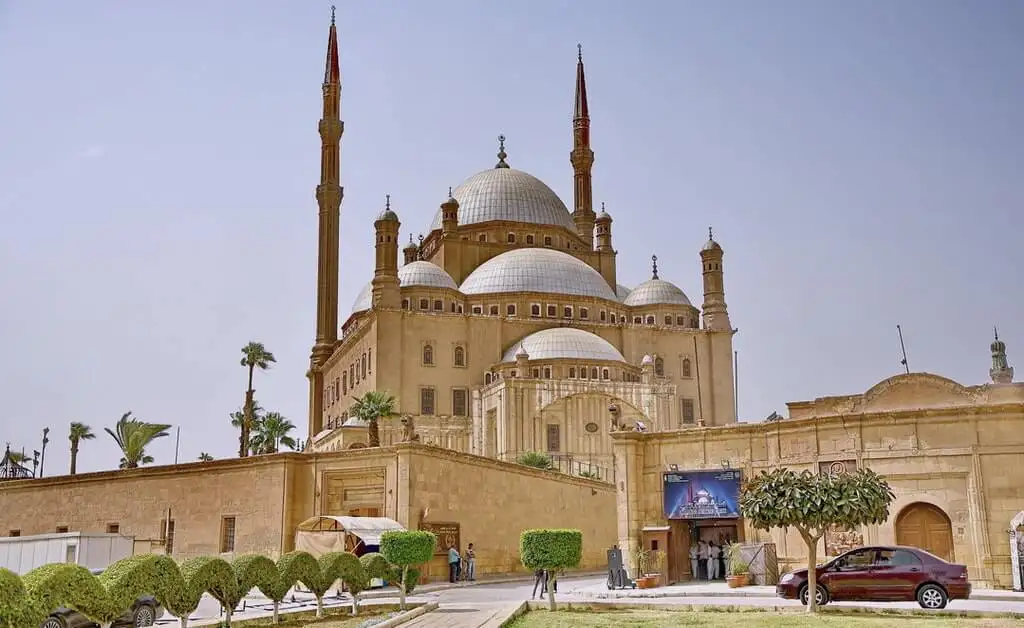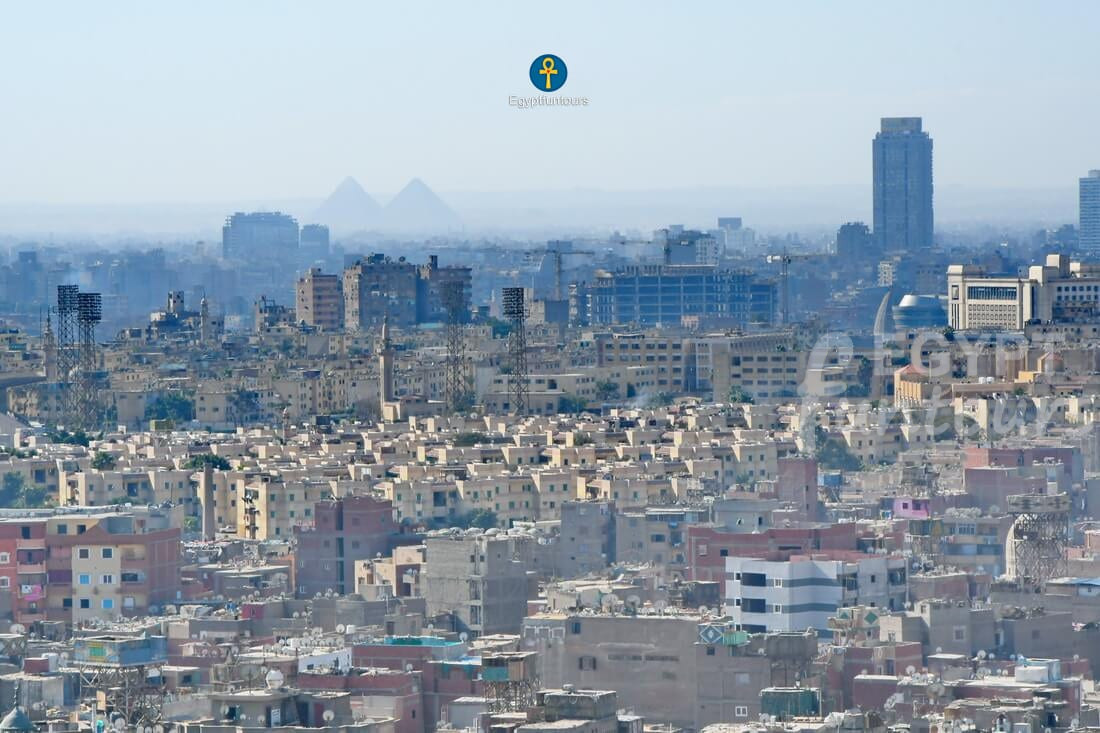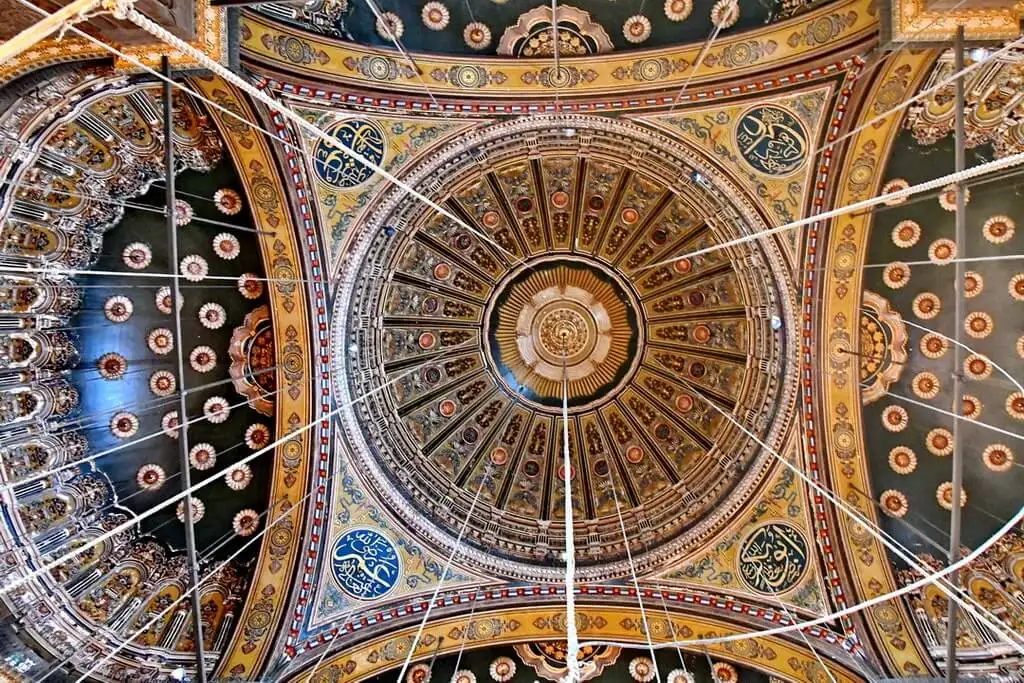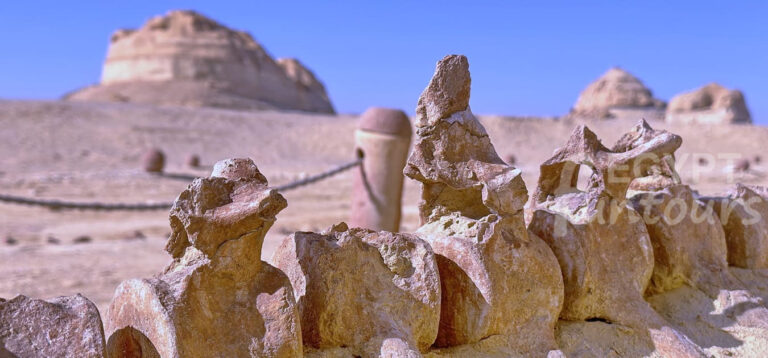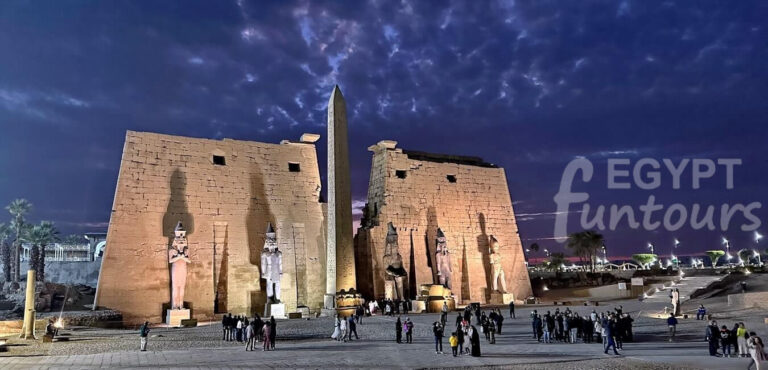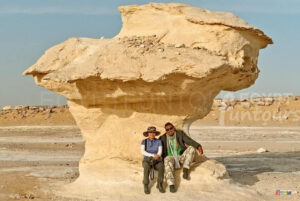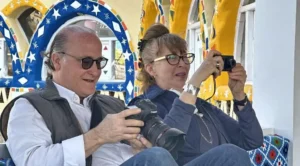A Masterpiece of Ottoman Architecture
The Mohamed Ali Mosque is an essential part of any Cairo itinerary. It stands proudly within the historic Citadel of Saladin, a fortress overlooking the city. This magnificent mosque is also famously known as The Alabaster Mosque. Its immense size, exquisite details, and commanding presence make it one of Egypt’s most beautiful and significant landmarks. It’s a true masterpiece of Ottoman architecture, deliberately chosen to symbolize a break from the Mamluk past and align with the Ottoman imperial style.

